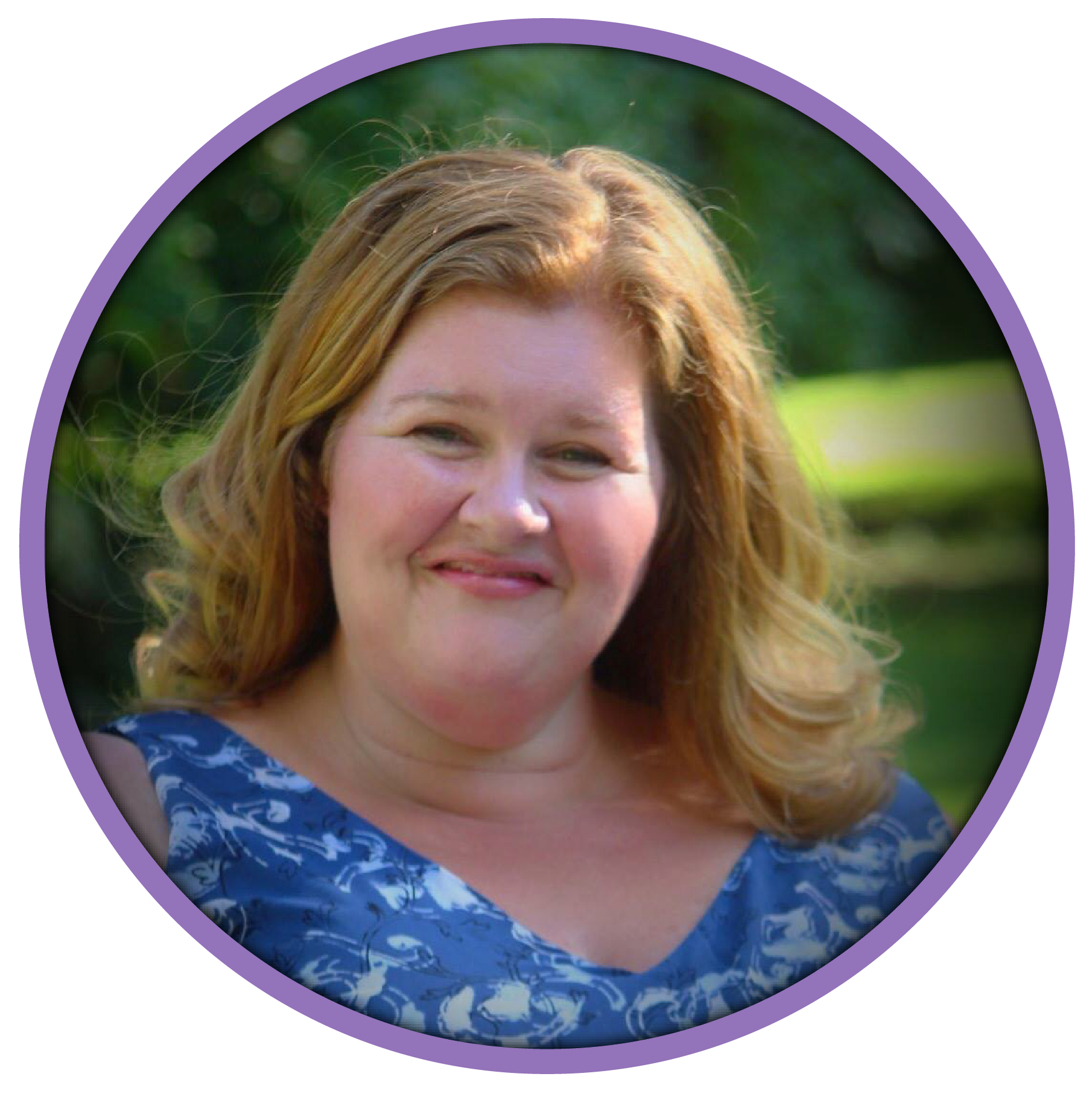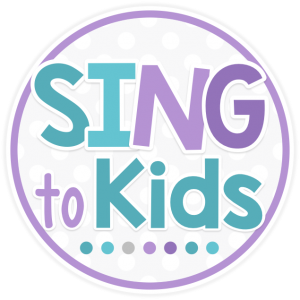
Vocal Range
I know there are lots of pitch matching activities and singing games out there to get kids to sing. But one thing we rarely talk about with elementary children is vocal range! What is the best range to develop singers? When and how do we begin extending the range for our young singers?
Joanne Rutkowski, Professor Emeritus of Music Education, at Penn State, has written extensively about the developing child’s voice. She states that a child’s initial singing voice range should be between D above middle C to A. The initial range is about a fifth. Interestingly, Dr. Edwin E. Gordon stated a child’s initial audiation range is also D above middle C to A.
Selecting Repertoire
When I select songs and activities for young children, I really try to stay within that initial singing voice and audiation range. That means most of my songs are in the key of D Major or D minor. But there comes a point when we need to extend the range over the break and into head voice? When does that happen?
For me, this occurs when the majority of children are matching pitch and using their initial singing voice range. This typically occurs towards the end of first grade. For many teachers, this may depend on the frequency of instruction. If you see your kids only once a week, this may take longer to accomplish. I will tell you, I see singing voice as a developmental process. It takes time to develop good singers. Some students enter kindergarten using their singing voices, while others don’t develop until 3rd or 4th grade. Don’t worry and don’t make a huge deal about it – continue to encourage and provide opportunities for each child to sing in your class each and every day.
Extending the Vocal Range
When I do begin extending the vocal range, I do so carefully. We begin singing songs in F to get them above the vocal break (B). Then we begin moving into the key of G so that they begin to become more comfortable over the break and transitioning into their head voice.
Over the coming weeks, I’ll be sharing several posts about how I develop and nurture singing voice in the elementary classroom. Be sure to check back often! Leave me a comment below – when do you consciously begin expanding the range of your singers? Do you have a favorite song or activity to expand the range?




Trackbacks/Pingbacks